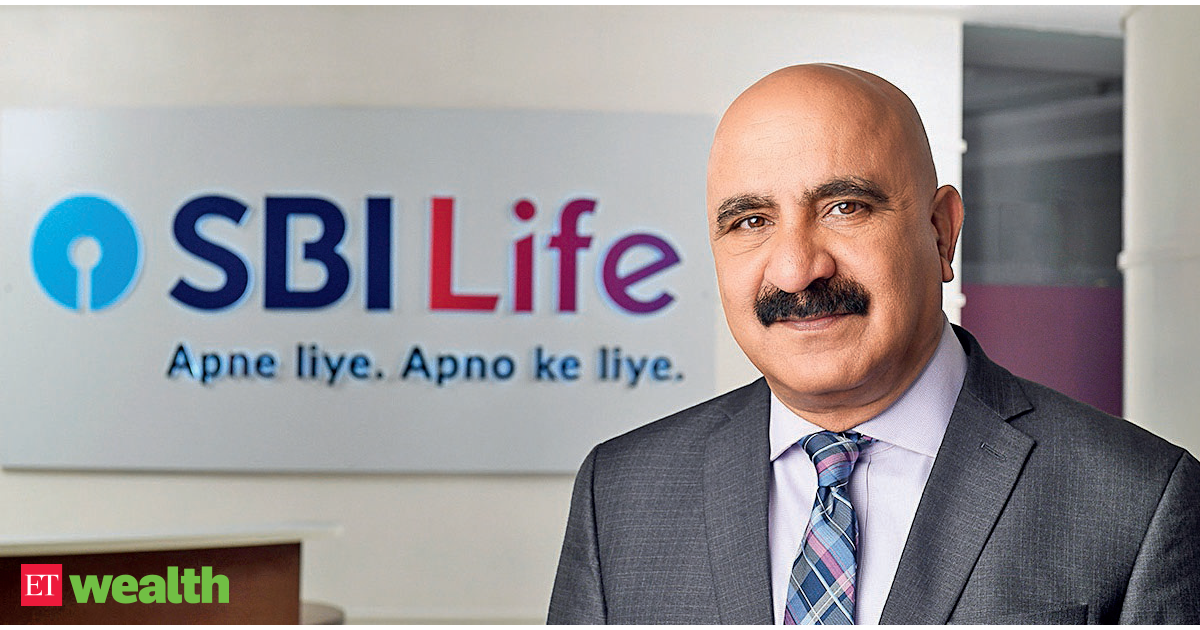Many people consider life insurance as a investment to generate returns. What are your observations?
There needs to be a better understanding that life insurance serves a different purpose. Before you invest in anything else, make sure your financial goals are protected. Without that foundation, your goals may remain unattainable. Insurance is not just an expense; it is crucial to securing your financial stability and your family’s future, and should not be seen as an onerous cost. Traditionally, people have bought insurance to get tax benefits under Section 80C, rather than seeing it as a protective tool for financial security. Insurance is seen as merely padding the Rs 1.5 lakh tax exemption gap. This has changed in recent years and increased risk awareness is now driving demand for insurance products. Once people understand that insurance is essential and should come before investments, term plans will gain traction and improve the product mix in the industry.
Experts say term plans are the best form of life insurance. Do you agree?
Term plans should be the first choice for anyone looking to start purchasing life insurance. These plans offer substantial coverage at an affordable price. By focusing on protection, consumers can secure their financial future without compromising on affordability. Once sufficiently secured with a term plan, individuals can explore investment options.
What should be considered when purchasing a term plan?
Monthly household expenses should be considered and the sum needed to generate that monthly income should be calculated. The cover should be at least ten times the annual income, plus any liabilities like loans (home or car loans). The remaining amount should be enough to generate a monthly income to maintain the family’s standard of living. Also, you should look at major expenses like children’s education and important life events like a child’s wedding. Another important point is not to settle for a round figure for insurance, like Rs 50-60 lakh, just because it seems comfortable. You should calculate what is needed. Also consider inflationas the value of money will reduce over time, so you will need to factor this into your monthly income requirement.Does SBI Life have a policy with an inflation adjustment component?
SBI Life eShield Next offers higher-level protection, where the sum insured increases by 10% at specific intervals. However, as I mentioned earlier, don’t go by round figures. It is important for people to carefully assess the total sum insured that they actually need.
Do you think people don’t buy term plans because? insurance agents Push other products more?
I don’t entirely agree. The industry is evolving and more people are visiting insurance websites to buy protection products, which indicates that there is a growing awareness. At SBI Life, we structure our commission to incentivise distributors to sell more protection products. While protection policies typically have lower annual premiums than investment-linked products, the percentage commissions are different.
For example, while agents can earn 25% of the annual premium in the first year for a life insurance policy, the commission for term plans can be higher. In contrast, Ulip’s commissions are 5-6% annually, as most of the capital goes into investments.
A new product, Tulip, combines term insurance with Ulip. Do you think Tulip can replace Ulip or term plans?
Tulips are an innovative product, offering higher sums assured and potential for good investment returns. However, it is important to consider the costs involved. If you can get pure protection at a lower cost, coupled with an investment product with better returns, that might be a better option. Tulips are not a replacement for Ulips or term plans. They may appeal to a niche segment of customers and meet specific needs, but they are not a one-size-fits-all solution.
Have the capital gains tax changes proposed in the Budget made life insurance more attractive as an investment?
The hike in long-term capital gains (LTCG) tax from 10% to 12.5% is a small change, and the Section 10 (10D) benefit for insurance had already been capped at Rs.25 lakh of annual premium in previous Budgets. So, I don’t see a significant move there. One advantage of Ulips is that switching between debt and equity within a Ulip is tax-free, unlike mutual funds, where capital gains tax is levied.
Author Amit Jhingran, Managing Director & CEO, SBI Life Insurance
Disclaimer:
The information contained in this post is for general information purposes only. We make no representations or warranties of any kind, express or implied, about the completeness, accuracy, reliability, suitability or availability with respect to the website or the information, products, services, or related graphics contained on the post for any purpose.
We respect the intellectual property rights of content creators. If you are the owner of any material featured on our website and have concerns about its use, please contact us. We are committed to addressing any copyright issues promptly and will remove any material within 2 days of receiving a request from the rightful owner.

